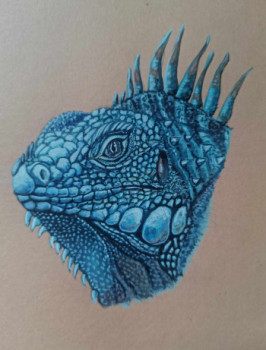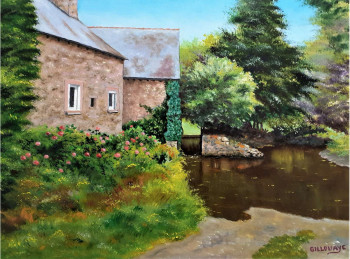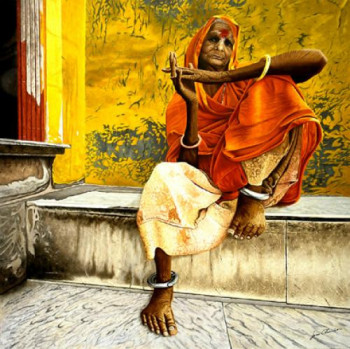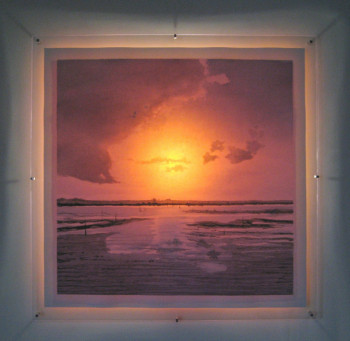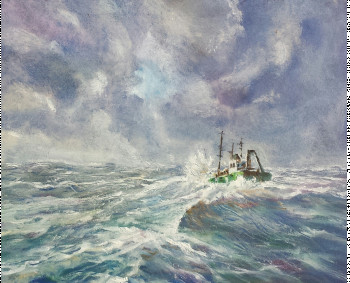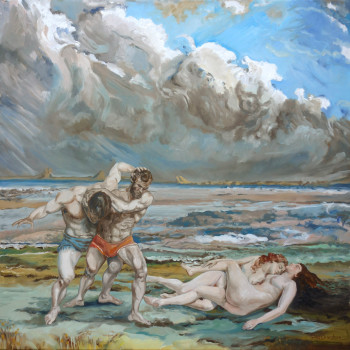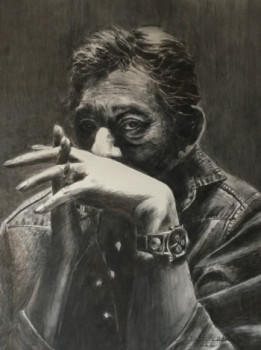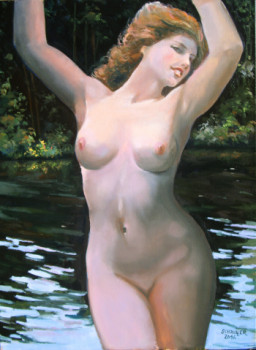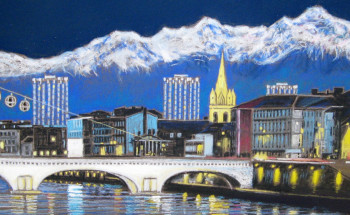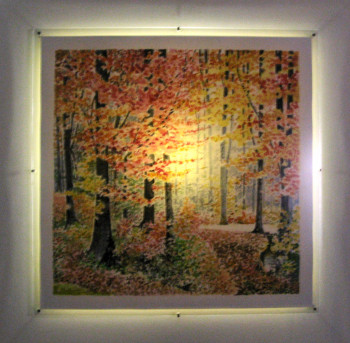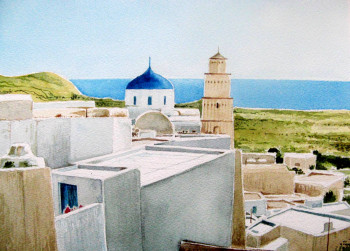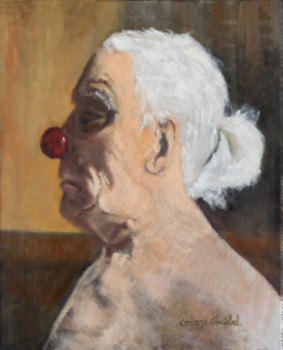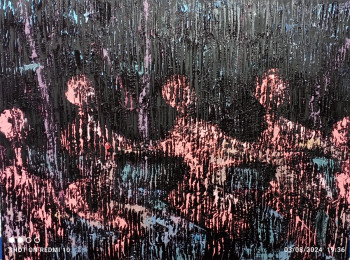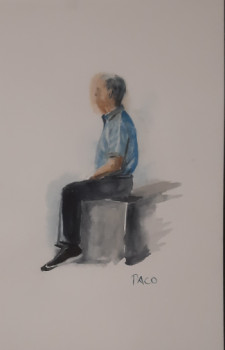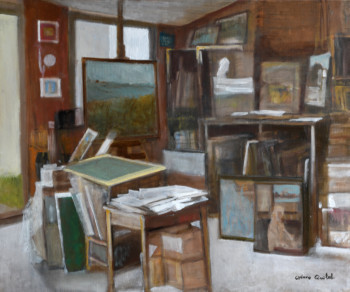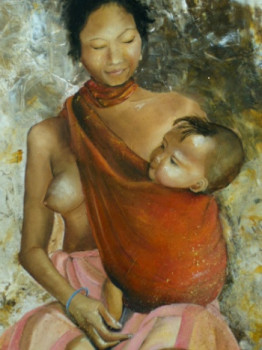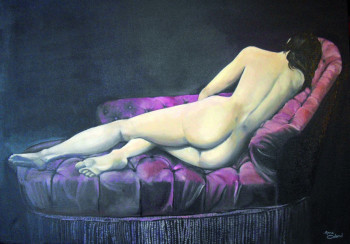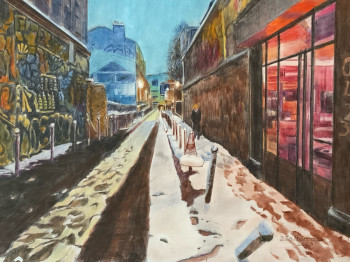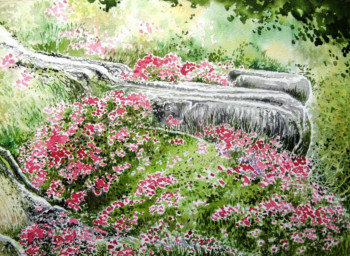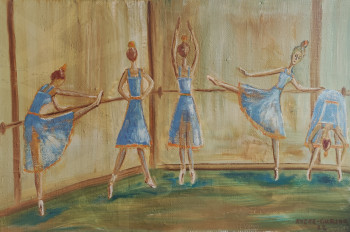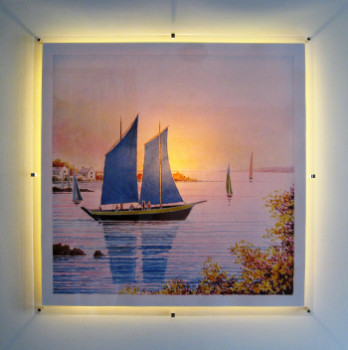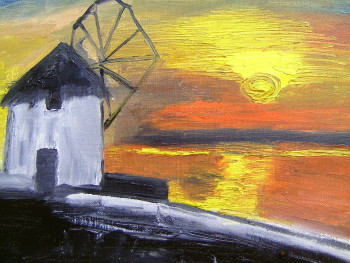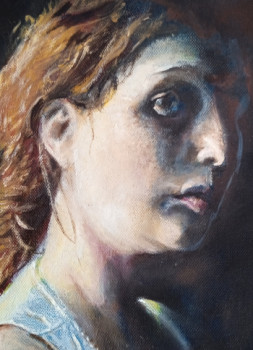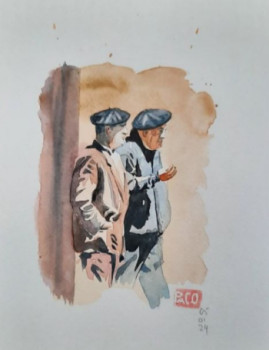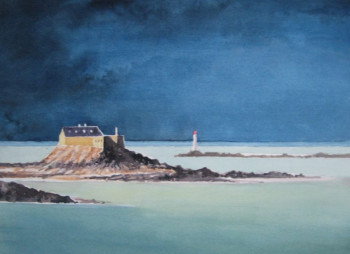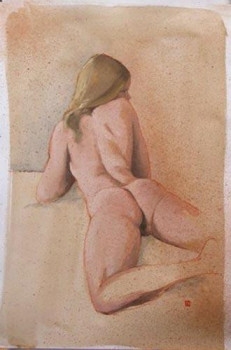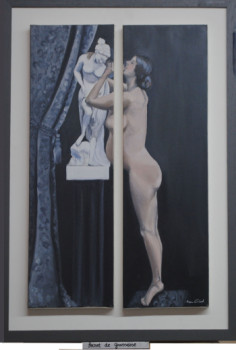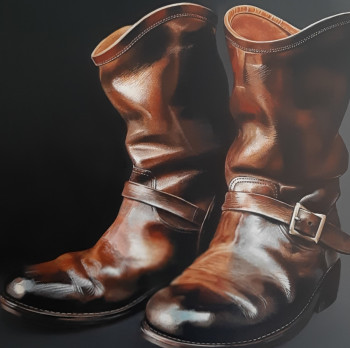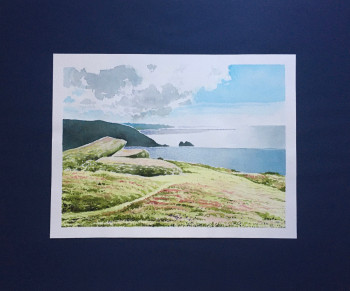
Edouard Manet, the incarnation of impressionism
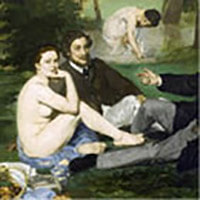
The first cries of Edouard Manet resounded within the walls of an elegant Parisian residence, during the year He was born in 1832. From his father, a magistrate, he inherited the rigor and perfectionism that were his throughout his career. He also imbibed his mother's ability to adapt. She herself came from a family of diplomats. Apart from these essential virtues, nothing predestined the young Edward to become one of the greatest painters of the 19th century, exceptan early attraction to painting.
An aborted sailor's life
Having reached the age of 16, Edouard Manet experienced his first failure. The Naval School competition will remain an unattainable goal for young people who do not obtain sufficiently convincing results. This does not, however, hold him back; Paris since he boards a training ship. This choice will take him straight to Rio.
Despite These naval ambitions, the heart and thoughts of the young Manet are entirely turned towards art, and more precisely, painting. The time he spends on the high seas will not distract the young man from his first loves. This truth imposes itself equally on his father, upon his return to France. The latter could have forced his son to follow a more traditional path, but it didn't happen. A moral contract is then made. between the two men. Edouard Manet's father consents to let his son explore this area, provided that he follows quality training. This is how the future master of Impressionism entered the Fine Arts.
Six years, alongside Thomas Couture
Edouard Manet spends every day of his life working hard. develop your techniques, your talent and your work. For six years, he followed the teaching of Thomas Couture. Although having radically opposed visions in matters of art, the two painters established a relationship based on their common passion and deep respect. Edouard Manet would later confide that his training years were trying for him who had the ambition to create personal works. The fact is that the technique acquired alongside Thomas Couture certainly contributed to his success. birth and the development of one's own talent. For Thomas Couture, painting came down to these two words: impersonality; and ideal. The future will prove that his young apprentice will have only one objective: to master the basics of painting to better transcend them and create a new movement.
Manet, a painter under Spanish and Dutch influence
As with any emerging creator, Edouard Manet's first works bear very marked influences. Having not yet found "his style", the young painter draws from the paintings of his time, the essences that touch him the most. Thus, in his painting "The Absinthe Drinker", which was his first official public submission in 1859, the seasoned art lover will clearly perceive a Spanish resonance. Despite the stir caused by By this first canvas, his former master himself will have very harsh words towards his painting, Edouard Manet feels that he is on the right track. It therefore persists in this new mode of production which could be summarized as follows:
A subtle marriage between traditional pictorial configurations and a realistic reality. contemporary with expressive values.
At that time, impressionism did not yet exist, but the painter was laying the first stones of an edifice which would rise to the heights and never be brought down.
The artistic controversy at the come
Every great revolution, whatever the field in which it occurs, is always initiated by a passionate soul. Edouard Manet, with his passion, his talent and his personality, is then at the forefront. the dawn of something new. His artistic revolution will indeed take place, against the backdrop of an individual revolt turned towards the academic conventions of his time.
During the 1960s, Paris was changing. Not a day goes by without the city transforming, under the captivated eyes of its inhabitants, but above all under the piercing gaze of artists. Manet then spent most of his time at work. walk the streets of the capital. His primary inspiration comes from there. He immortalizes, day after day, an architectural detail, an everyday scene, an object, a surprised and drawn gesture. for posterity.
Edouard Manet will present other paintings at the Salon, without however meeting the expected success. Instead of a kind welcome, he finds himself at the center of new controversies. These same controversies and criticisms of an art which frees itself from established rules will lead it to become more widespread. push open the door of the Salon des Refusés. This exhibition space was created with this aim: to offer a space for exhibition and freedom. creator, to all artists whose work would be denied by the authorities in place, through the official Salon.
Lunch on the Grass - 1963
One of Manet's most famous paintings, "Le Déjeuner sur l'herbe", was exhibition at the Salon des Refusés. Initially called "The Bath", this painting features a young woman in an Eve outfit, sitting comfortably in a country setting. Next to him, two richly dressed men keep him company for a picnic. At the time, it was enough to shock his peers. However, it is also this painting that has earned him wide success with the general public. Impressionism, latent for several years in his works, took definitive shape during this period.
A friendship famous and the beginnings of a myth
Already; glorified by a won over public, Manet is publicly supported by a new prestigious friend, Émile Zola. The young man who dreamed of painting, on a ship bound for Rio, then sees his deepest aspirations come to life in his reality. Manet became one of the most famous and respected painters of his time. From now on, Edouard Manet surrounds himself with renowned artists, with whom he can live his passion, build projects and exchange regularly at the famous Café Guerbois.
Impressionism takes flight
Despite his enlistment in the National Guard in 1870, Manet never lost sight of his love for painting. Precursor of an artistic movement which frees itself from the yoke of an academic style, the painter unreservedly supports all the impressionists of his time, thus contributing to the emergence of various works, still studied and adored today. Over the years that followed, Manet consolidated his reputation and produced his most famous paintings:
- The railway, Saint Lazare station, 1872,
- On the beach, 1873,
- The Monet family in the garden, 1874.
While Impressionism established itself uncontested in the field of art, Manet died on April 30, 1883, atParis, the city where he was born, grew and came to fruition.
Découvrez quelques oeuvres inspirées de Manet

